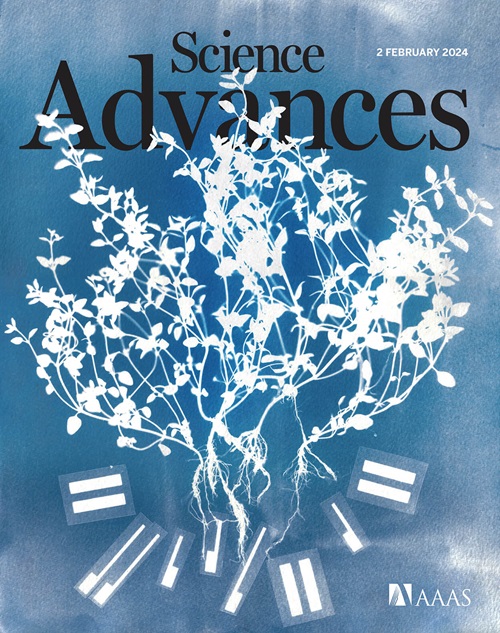丙烯酸酰胺和酯与 F/Cl/O/N 核亲和剂和 CF 3 + 试剂的反共轭加成反应
IF 11.7
1区 综合性期刊
Q1 MULTIDISCIPLINARY SCIENCES
引用次数: 0
摘要
本文章由计算机程序翻译,如有差异,请以英文原文为准。
Inverse conjugate additions of acrylic amides and esters with F/Cl/O/N-nucleophiles and CF 3 + reagents
The conjugate additions of nucleophiles to conjugate acceptors are among the most powerful hetero-carbon bond formation reactions. The conjugate addition normally occurs via a β-nucleophilic addition, resulting in the formation of a stabilized α-carbanion intermediate that can be subsequently quenched by electrophiles or protons. Nevertheless, the inverse conjugate addition involving an α-specific nucleophilic addition remains less explored because of the electronic mismatch. In this research, we disclosed an α-specific nucleophilic addition of the nucleophiles including Py·HF, TBACl, HOR, H 2 O, H 2 18 O, RCO 2 H, and pyrazole to conjugate acceptors concurrent with a trifluoromethylation. This umpolung and inversely regioselective conjugate addition, enabled by a visible light–induced redox photocatalysis, occurred via an unusual α-nucleophilic addition other than the normal β-nucleophilic addition to efficiently generate diverse α-functionalized CF 3 -containing amides/esters. The broad substrate scope, excellent functional-group tolerance, and versatile late-stage derivatizations as well as the biologically and functionally important CF 3 -containing products demonstrated the potential applications of this protocol in materials, agrochemicals, and pharmaceutical chemistry.
求助全文
通过发布文献求助,成功后即可免费获取论文全文。
去求助
来源期刊

Science Advances
综合性期刊-综合性期刊
CiteScore
21.40
自引率
1.50%
发文量
1937
审稿时长
29 weeks
期刊介绍:
Science Advances, an open-access journal by AAAS, publishes impactful research in diverse scientific areas. It aims for fair, fast, and expert peer review, providing freely accessible research to readers. Led by distinguished scientists, the journal supports AAAS's mission by extending Science magazine's capacity to identify and promote significant advances. Evolving digital publishing technologies play a crucial role in advancing AAAS's global mission for science communication and benefitting humankind.
 求助内容:
求助内容: 应助结果提醒方式:
应助结果提醒方式:


